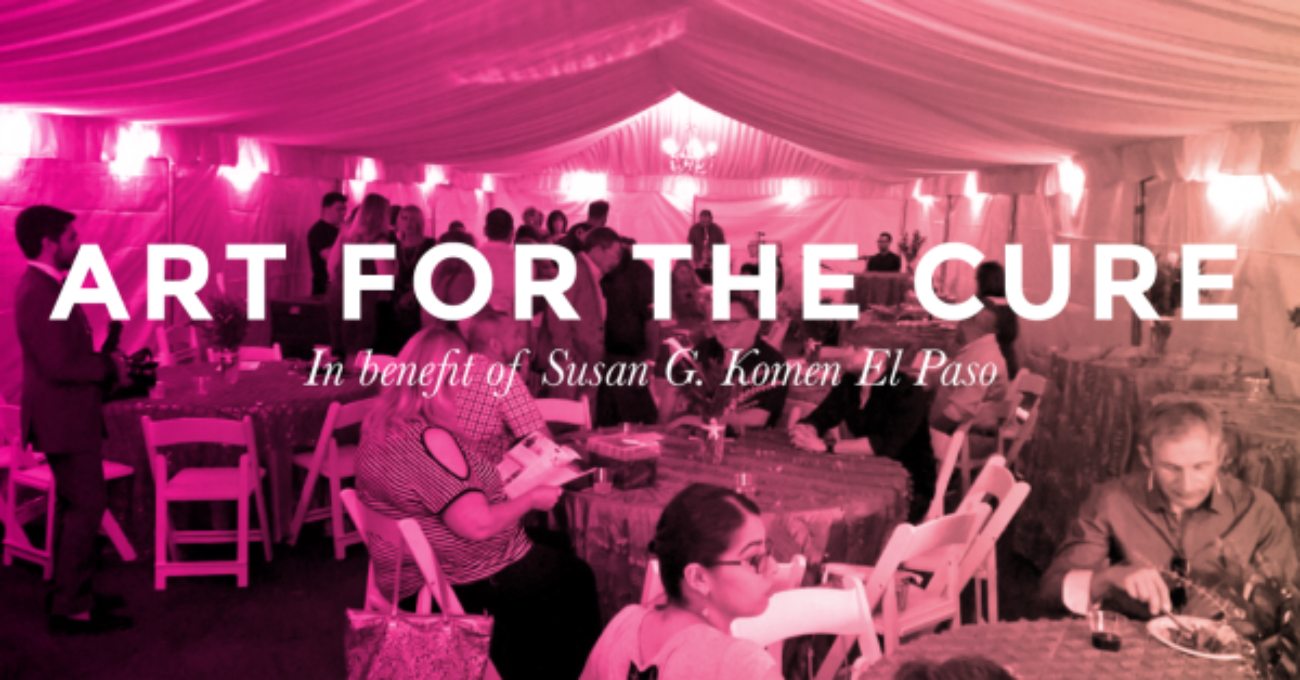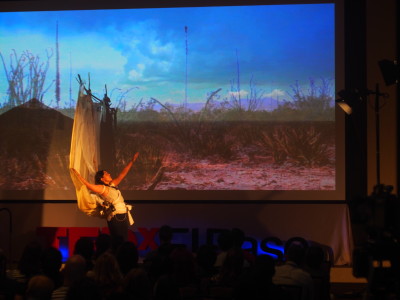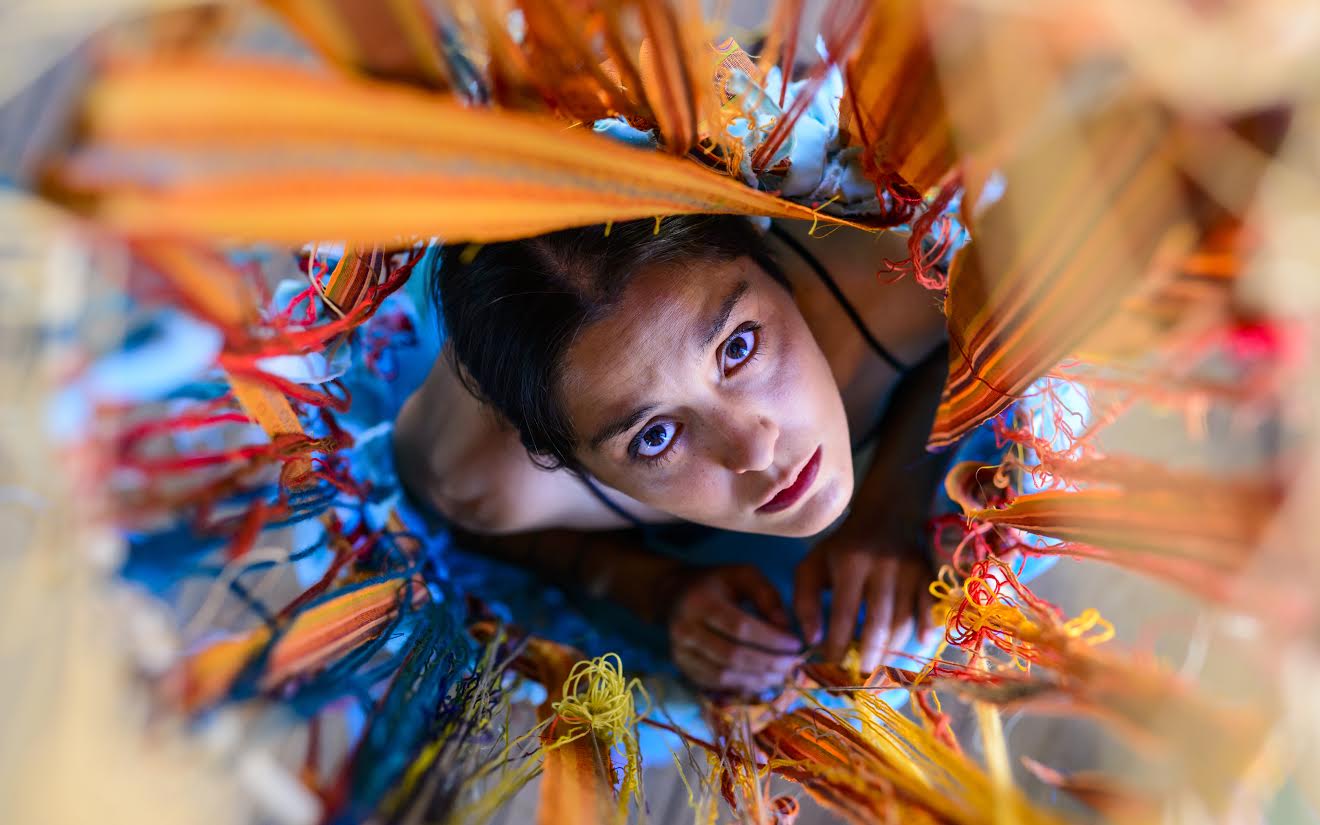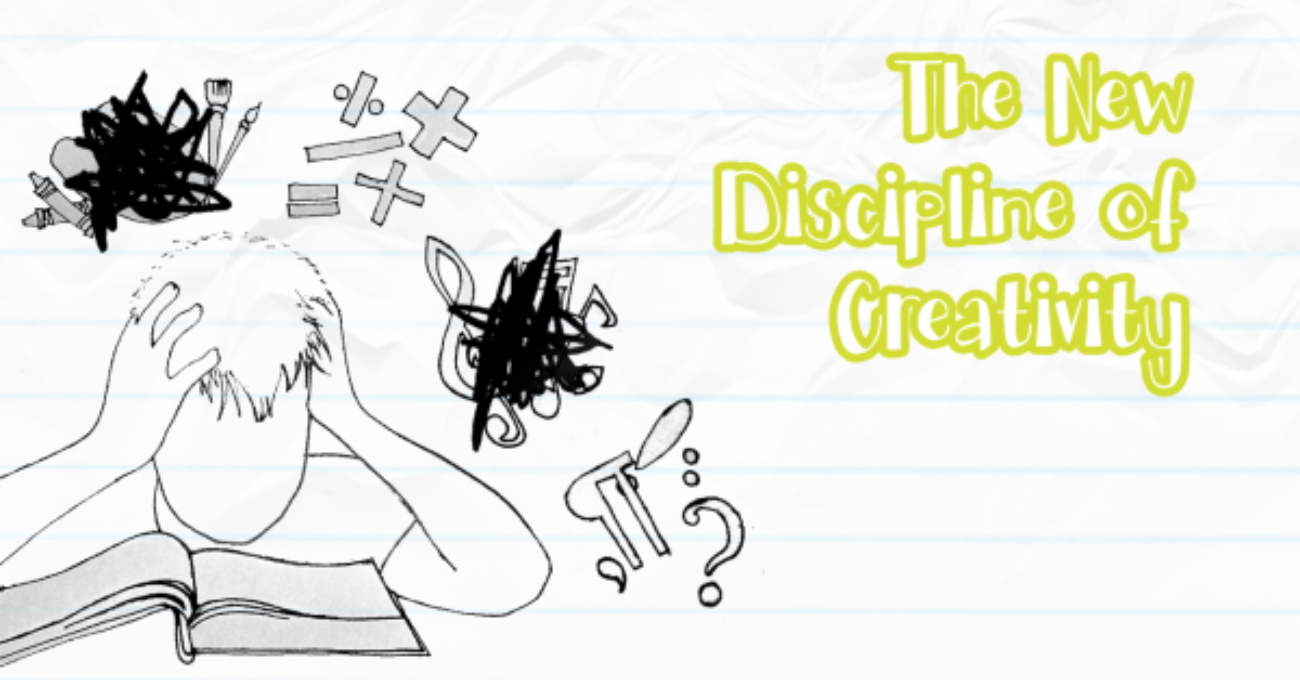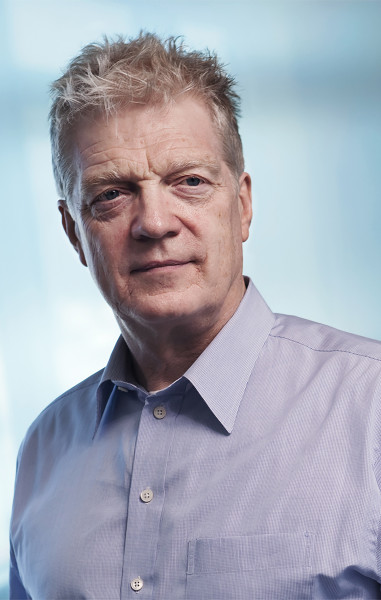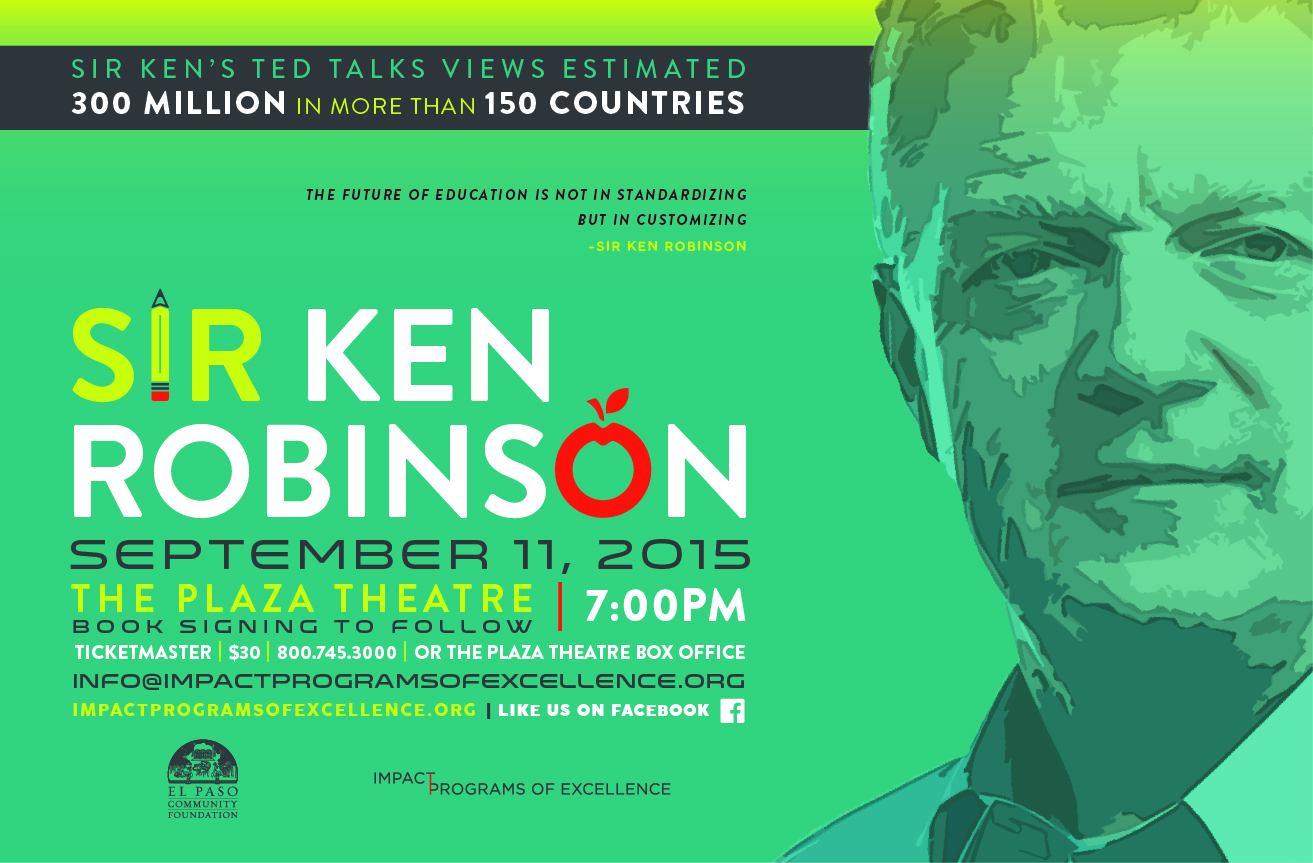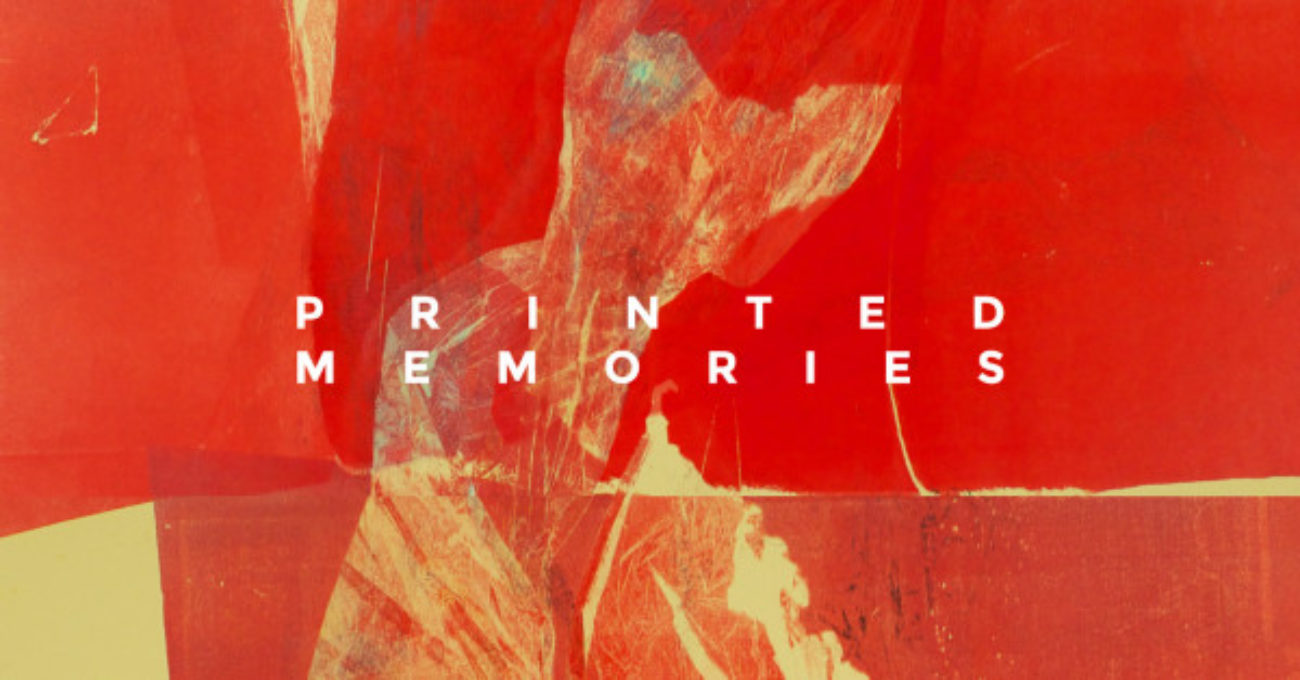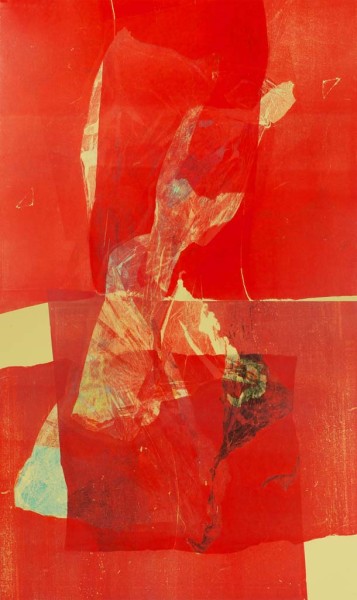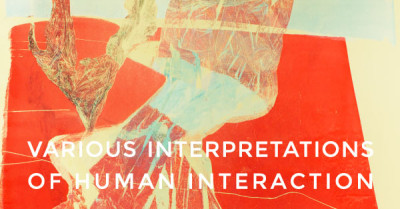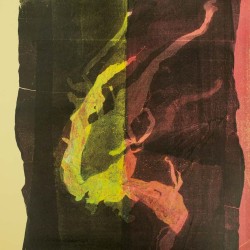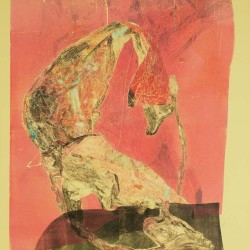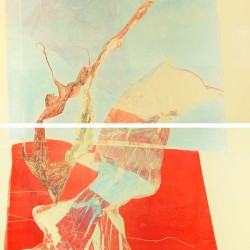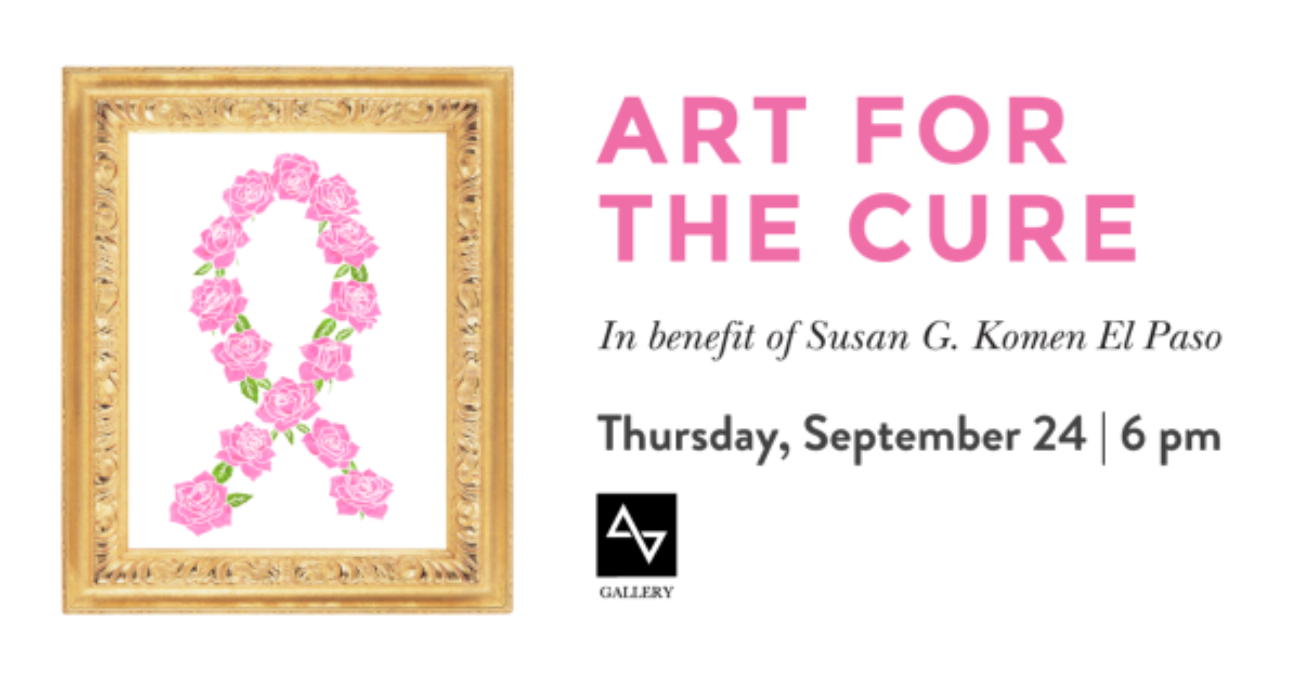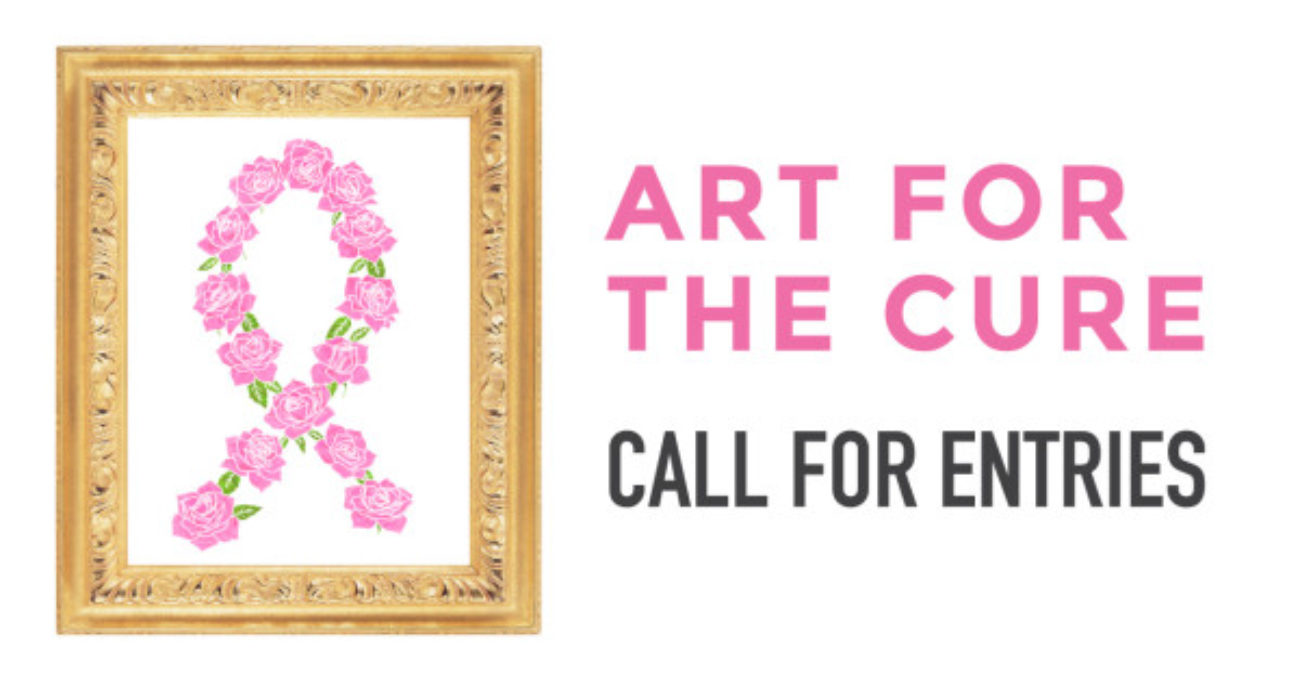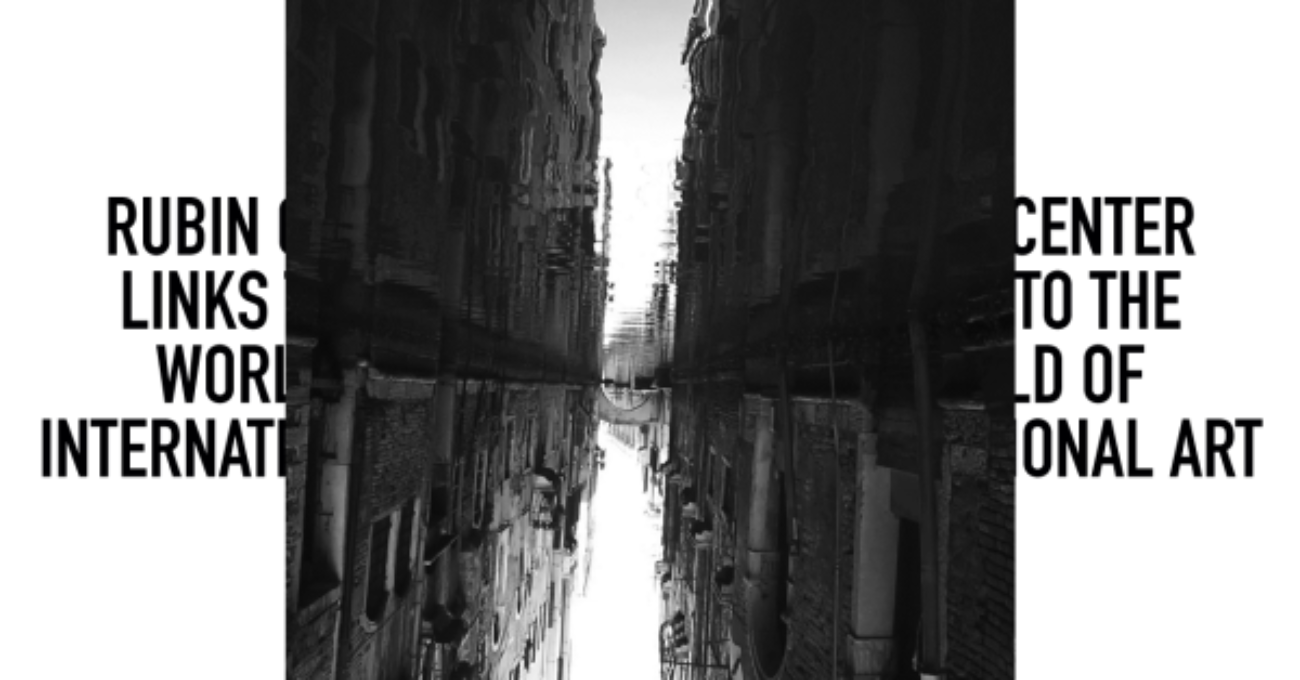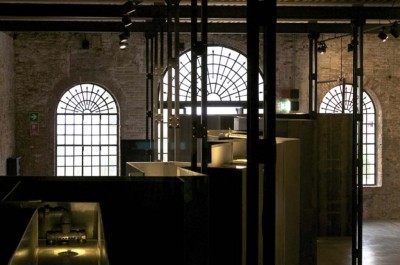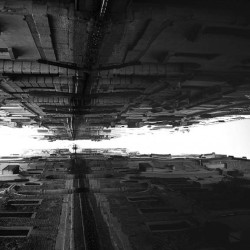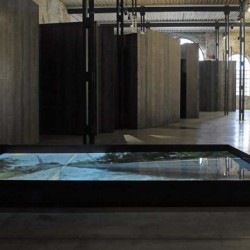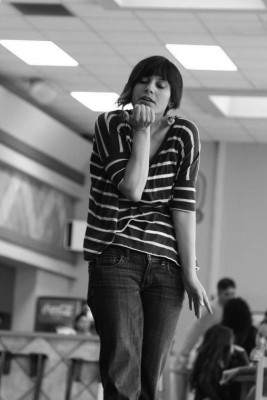The North American Adventurer’s Guide to Burritos
There are plenty of guides that show tourists the local hot spots in a community, but this could be a first of its kind—The North American Adventurer’s Guide to Burritos. It’s a website that has a rating system scoring burritos and is accompanied by renderings of the Mexican food by the tasting aficionado Random Cushing. His travels have taken him from the Midwest to the West Coast and back to El Paso rating the tortilla wrapped meals.
The Art Avenue: Some people rate burger joints, steak houses and wines, when did you decide the burrito was a food worthy of rating ?
Cushing: So 2013 was the first year that I started scoring burritos. I wasn’t drawing them at that point. 2011 was the year I got super into the burrito. I spent the summer living with a friend of mine and we would just cook breakfast burritos for two or three meals.
I flew to Los Angeles and I was going out there to stay for nine days and I was going to be by myself and I didn’t know anyone so I needed something to do…I found this [food] truck on Santa Monica and Westwood. It was Tacos el Gallito and it was incredible. At, like, seven in the morning I had my first burrito in L.A. and it was amazing. It ended up being the second best burrito that I had on the entire trip, but after that it was like this mission. I went back to L.A. last year and that’s when I started drawing burritos—after two I said, like, I was on to something, and I think the third one I started drawing the tortillas to get the texture and the brown spots and that was a landmark drawing discovery.

Steak Burrito
Score: 3
AA: You have a very interesting scoring process called RIDS. Tell me about the scale.
RC: It’s four categories and each one is scored out of four points total, and then there is the average of the four categories. The first category is Roll, which is the integrity of your burrito, because it’s the most important thing. I mean the whole idea is to have the meal contained inside your plate—no mess, which is one of the greatest qualities of burritos to me. Number two is Ingredients, that is the quality of the ingredients that are involved and how well they taste and seasoned and that one is really subjective and then D is for Dispersal, which includes the way the ingredients are dispersed through the burrito as well as the variety of the ingredients. So sometimes, especially in El Paso you really get a good burrito that is like two ingredients so it will score a little lower in dispersal because of that lack of variety…I am looking to get like a food pyramid inside my burrito, that my burrito can keep me filled for like seven hours. And then finally ‘S’ is for Sauce and that one, that’s critical—you have to have good sauce. So that’s the North American Adventurer’s Guide to Burritos RIDS scoring scale.
AA: How many burritos do you think you have scored, and why The North American Adventurer’s Guide to Burritos?
RC: Probably about 40, officially. I’ll go somewhere new and not know anyone and just spend like the entire day and sometimes it’s like 12-14 hours just walking around the place. A burrito is like, you can get like I said an entire food pyramid, all the nutrients you need equally distributed through one mess-less meal that’s handheld. It’s the perfect adventure food as far as I am concerned.

Barbacoa Burrito
Score: 3.25
AA: You say you like to eat them all the time, even now that you are in El Paso.
RC: I mainly cook them but there are a few times that I go out to get them. In El Paso I still cannot not eat them, but the thing is, is the lack of ingredient diversity. You don’t get a lot of burritos with vegetables in them, besides like meat in them and two ingredients with like cheese or beans. It’s not as much diversity as they do really well in ingredient scores. They taste great. But they usually score low in the roll because they are not closed on both ends.
AA: How does a roll earn a 4 on your scale?
RC: A well rolled burrito that is closed on both ends ensures that there is no mess and I’ve totally had burritos in El Paso that have been mess-less, but a lot of times because they are open on the end you get like grease or something will drip out of the bottom. It’s no good.
AA: Is there a process you follow when eating and scoring?
RC: I have to get the exact amount of hungry…it takes me about 20 -25 minutes to draw a burrito, 20 flat, I have a pretty solid system for it. It takes me a minute and half to score a burrito, a really short amount of time. So I spend a whole lot of time considering the categories, every bite I am analyzing it. So when I am done it takes me about 45 minutes to an hour. I consider the scores to see if something tastes amazing as you eat and you feel terrible 40 minutes later—that’s bad so you can’t be too hasty to appropriate a score.
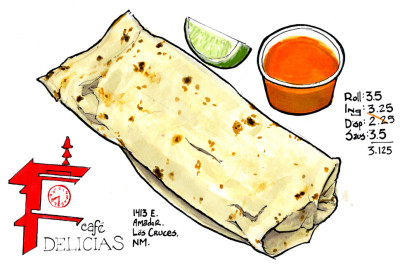
Carne Asada Burrito
Score: 3.125
AA: I would assume with so many places that offer burritos in this city, you might find a few that score high enough to warrant that.
RC: I’ve scored Rafa’s, Lucy’s, Delicias, L&J’s, Crisostomo, Aquimichu. In El Paso I really like Crisostomo. I go to the one on North Mesa and their barbacoa is good, their chili relleno is really good and their rajas con queso, I think it is, it’s like peppers and onions and cheese, that one is good. It’s a little greasy but it tastes great. Their barbacoa scored a 3.25.
I actually got Rafa’s on Montana Street on my way back from the Guadalupe Mountains where I was backpacking and I came back and I saw a sign that said “Burritos” and I turned around. [editor’s note: It ended up scoring a 2.975 because the sauce scored low. It came in a bag.]
Another good burrito that I super appreciate is this guy named Hector, I don’t know. Hector goes to the bar and sells burritos for like three dollars each. Those are amazing. Fantastic. That should be a thing in like every city—a guy that goes around with an ice chest full of burritos and just sells them to people at the bars. It’s incredible.
AA: Did you score that one?
RC: No, no I didn’t but I do also score a category of drunk burritos. So if I get drunk and eat a burrito and have my drawing supplies and then the burrito is scored out of five, because of drunkenness. Drunkeness is the fifth factor. The thing about that is that you get a little drunk and eat a burrito and go ‘This is the greatest thing I’ve ever had and I end up giving it like a 3.75 which is very high score…I am really unforgiving on my scoring.
If I am scoring my favorite burritos really high, then I have to be really hard on everything. If I ate something and I thought this was a 4, this is amazing and then I go and eat something better—like how do I score that, to me there is no such thing as a perfect score. Because if I ever find one then there can never be anything better.
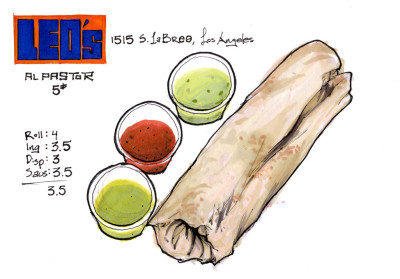
Al Pastos
Score: 3.375
AA:What’s the highest you’ve scored a burrito and which restaurant earned that rating?
RC: A 3.625. That was actually a chorizo burrito at Tacos El Gallito in West Los Angeles. The best, my favorite of all on this list is a spot at 1515 S. La Brea in Los Angeles in a spot called Leo’s and it’s just like a truck outside of a gas station. It’s amazing. [According to Cushing’s website, theburritobook.com, he scored this one a 3.5. and highly suggests adding the salasa verde.]
AA:You scored a sweet potato burrito?
RC: Yeah, that was really a good one. It was like sweet potatoes and it had some cheese in it that was really nice. It had like a little salty cheese that went perfectly with the consistency of it. It was really well melted and went perfectly with this mashed up sweet potato in there. So it just had some peppers and onions.
To check out more of Cushing’s burritos and other works of art go to:




